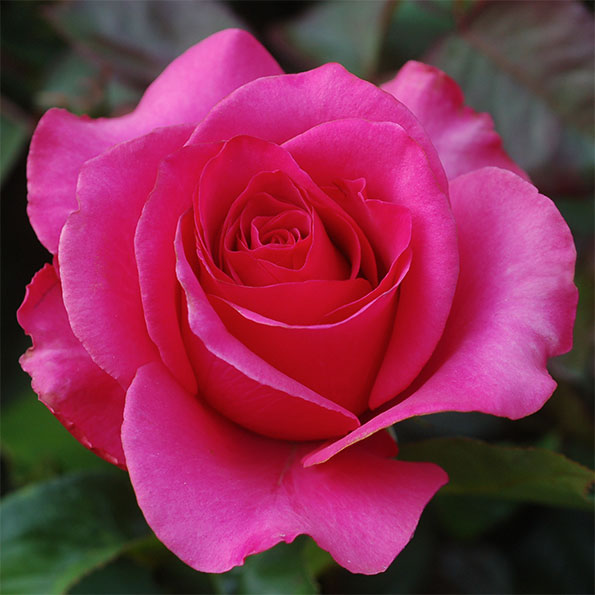Rose Alchemy: how this can assist your mental health

Rose fossils have been found in America which date as far back as 30 million years ago. The Romans, Greeks and Persians discovered the many healing properties of roses and used these for all types of medicinal purposes. In Chinese medicine, the flowers are used as a qi, otherwise known as an energy stimulant, to treat liver issues, digestive concerns and heavy menstruation. The Native Americans also believed in the healing properties of roses and treated a variety of conditions with the petals, roots, rose hips and leaves, such as colds and fevers, diarrhoea and influenza.
Roses were used for many folk remedies up until the 1930s, where a tincture of an Apothecary's rose was a popular treatment for sore throats. In the late 1930s during World War 2, pharmaceutical companies uncovered the high vitamin C content of rosehips and harvested these in bulk for the health benefits these provided as a substitute for fresh citrus fruit, due to massive shortages.
Roses in Ayurvedic and natural medicines
Believed to have antiviral, antibacterial and astringent properties, roses have been a staple in Ayurvedic and natural medicines to treat a wide range of conditions. A study published in the Journal of Midwifery and Women's Health examined the effectiveness of roses to relieve menstruation symptoms. After drinking rose tea, the women involved in the study experienced less cramping during menstruation, as well as relief from the emotional effects of psychological stress, which highlighted the rose's benefits for mental health.
How the parts of the rose are used for medicinal and health applications
There are several unifying features of modern-day roses which are the thorny dark green stems and teardrop-shaped petals. After flowering, the fruit of the bud forms, which is the rosehip. While the number of petals, colour and texture of the petals diversifies greatly, the unifying features remain the same. For medicinal and health applications, the parts of the rose that are mainly used are the petals, leaves and rosehips. The petals and leaves are made into rose oil through a process of steam distillation. Rosewater is the by-product created during the steam distillation process to make the rose oil. Lastly, the rosehips and petals can also be used in tea or food for healing.
Rose Alchemy
Rose alchemy is another way roses are used for holistic healing. In rose alchemy, there are 45 rose frequencies that each have a corresponding vibrational energy related to a different level of consciousness. By being able to access these different levels of consciousness, the vibrational energies are used to assist mental health. The rose frequencies are believed to be a vibrational medicine for the heart. How this works is that the heart responds to the vibrational energy codes and transmits love as the tool which heals the parts of the mind that have been affected by poor mental health. Each of the rose frequencies is allocated a code for balancing and alignment, which are transmitted by the heart's natural magnetics. So, the rose frequency chosen for the holistic treatment depends on an individual's mental health concerns.
To discover more about rose alchemy and how it can assist your mental health, contact Jarvis Interiors. Specialising in interior design, we are dedicated to creating interiors that are stylish, contemporary and help to holistically enhance your mental health. We believe that design should stimulate the healing properties of catharsis and have studied concepts such as rose alchemy to help achieve this for our clients. Arrange a one-on-one consultation today to discover how Jarvis Interiors can transform your interior and lead to a healthier level of consciousness.
